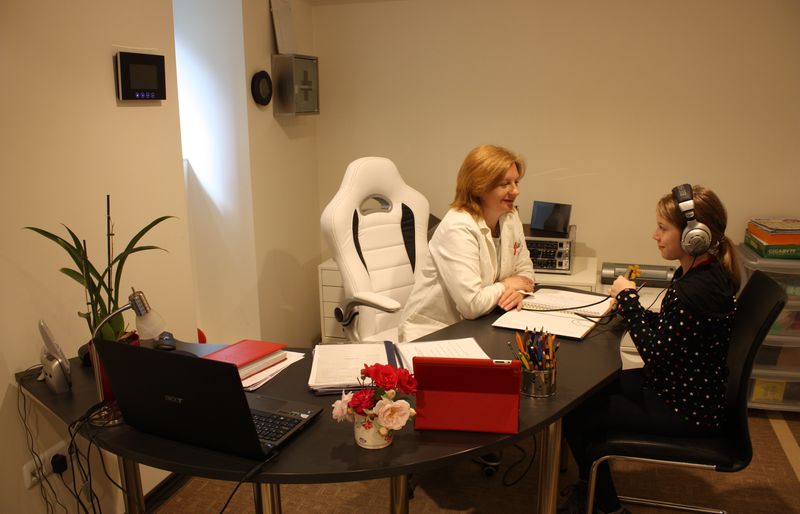
STUTTERING
. . .
DUE TO A CHARACTERISTIC SPEECH EFFECT, STUTTERING IS RECOGNIZABLE AS A SPEECH DISORDER IN WHICH ONLY THE PERSON WHO STUTTERS CAN FULLY FEEL AND TRY TO DESCRIBE HIS OR HER EXPERIENCE.
WHEN DEALING WITH STUTTERING IT SHOULD BE BORN IN MIND THAT EACH INDIVIDUAL IS SPECIAL AND EACH METHOD THAT DEALS WITH CORRECTING STUTTER SHOULD BE CHOSEN INDIVIDUALLY.
Stuttering is characterized by a range of phenomena that is related to vocal verbal behaviour. Side effects may be manifested as fear of speaking, performing motions with the head, body and limbs, tics, exaggerated physiological responses (sweating, flushing, rapid heartbeat), emotional instability, impaired concentration and avoiding eye contact with the interlocutor.
Vocal verbal behaviour is characterized by the following: repeating parts of words and sentences, extending sounds, making inadequate pauses, inserting different voices, delaying speech, making speech last longer, producing various unnecessary sounds, and scarcely talking in general.
At the age of intensive development of speech, somewhere around two and three years of age, there is sometimes the so-called physiological stuttering, which typically disappears without any additional intervention.